Iconic Buildings
The iconic building principal incentive is to be visually attractive or stand out, for this purpose three main features must be accomplished: have a
The iconic building principal incentive is to be visually attractive or stand out, for this purpose three main features must be accomplished: have a

This paper will explore steel forming methods other than cold drawn or hot rolled processes, and how they allow steel to be utilized as the primary
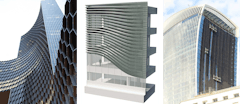
Understanding how a building will reflect sunlight has gone from a rare requirement to a key consideration during the planning permission process in
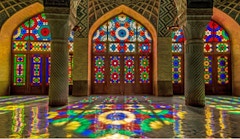
Traditional architecture can be a valuable source of inspiration for designers. Sustainable design concepts in traditional architecture have been





A common building upgrade to add value to existing commercial real estate is the renewal of the entrance lobby. The lobby facade is replaced to give


Life Cycle Assessment (LCA) is a methodology used to quantify the impact of building construction supply chains on the environment in terms of
Glazed wall systems, such as curtain walls and window walls, are one of the most commonly used façade systems in modern buildings in North America.
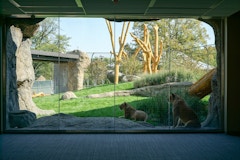
This paper will focus on the design and detailing of large-format glass enclosures intended to maximize transparency using state-of-the-art materials



Computer simulations of an automated dynamic facade in a passively heated and cooled building by using predictive modeling of short-term future
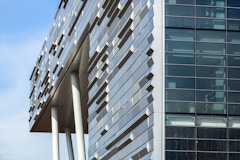
In the vein of mass production, manufacturers leverage repeatable parts and modular construction in an effort to maximize quality control while
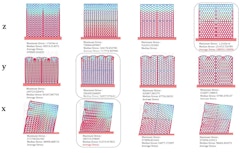
This research looks at the relationship of material and geometric distribution to set a methodology for integrating structural and thermal design.

